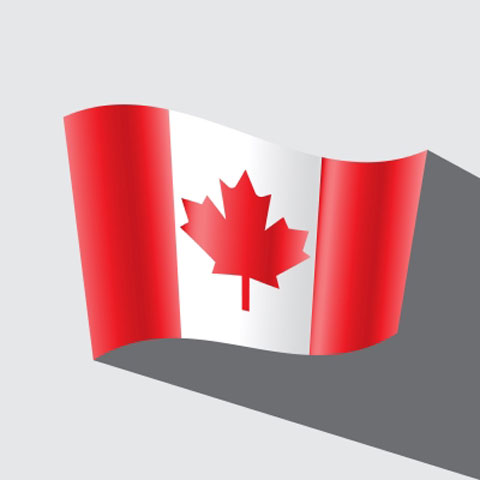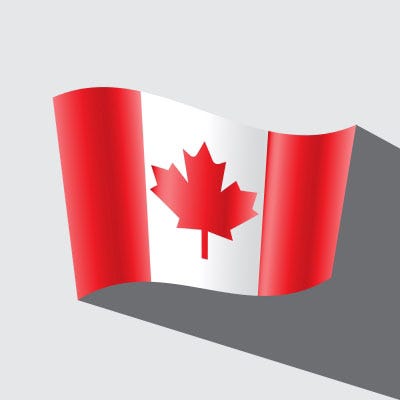Thinking about bringing your medical device to Canada? Get familiar with the basics of Health Canada regulations.
June 29, 2015

Thinking about bringing your medical device to Canada? Get familiar with the basics of Health Canada regulations.
Don Boyer

In the almost 25 years I spent regulating medical devices within Health Canada, one thing remained a constant trend in my conversations with foreign manufacturers, particularly the small to medium size companies: the general lack of understanding of the Canadian medical devices regulatory framework and requirements. To a certain extent, this was not surprising given Canada’s population and market size in comparison to the United States or the European Union, or given Canada’s largely “public” healthcare system where budgets for healthcare are constantly under pressure. The Canadian market was likely not the first choice for many companies. However, it may be important for manufacturers who have already obtained market clearance or authorization in the United States to know that they likely have all the necessary safety, effectiveness, and quality information required to comply with Canadian requirements.
On July 1, 1998, Canada introduced a new set of regulations governing the importation, sale, and advertising of medical devices. Administered by Health Canada, these regulations expanded the scope of regulatory oversight over previous regulations, enhancing both premarket and postmarket controls and introducing quality management system requirements for manufacturers.
Canada first introduced regulations for medical devices in 1975. Under those regulations only 5% of devices were subject to premarket review. Devices subject to premarket review were set out in a table and this table was static, with very few additions to it over the years. The table did not take into consideration the risk of new technology being developed and entering the marketplace over time.
Postmarket notification of all new medical devices was required within 10 days of the first sale. However, a lack of proactive enforcement of the notification requirements led to a situation where Health Canada did not know with any certainty what devices were being made available to Canadians. Requirements for and oversight by Health Canada for good manufacturing practices or quality management systems did not exist.
Although these regulations have been in place since 1998, they continue to be referred to as the “new” regulations. Work began on drafting the regulations in 1994 and took advantage of the examination of other regulatory frameworks in place around the world (EU, USA, Australia, and Japan) largely through Canada’s participation on and discussions within the Global Harmonization Task Force (GHTF is now the International Medical Devices Regulators Forum (IMDRF)).
In brief, the foundation of the regulations are based on:
A set of distinct classification rules for both non in vitro and in vitro medical devices
A set of safety and effectiveness principles that apply to all medical devices
Quality management system requirements
Classification rules are applied to medical devices largely to determine the extent of premarket regulatory scrutiny that will be applied to a device prior to granting market authorization. Criteria such as invasiveness or non-invasiveness, if it relies on a source of energy for functioning or if it comes into direct contact with the central cardiovascular system or central nervous system, are used to place products into one of four classes. Low risk devices are designated Class I right through to the highest risk devices in Class IV. Roughly speaking, Class I devices constitute approximately 40% of devices on the Canadian market, 40% Class II, 15% Class III, and 5% Class IV. As the device class increases, so does the level of premarket regulatory scrutiny.
Market authorization granted by Health Canada takes the form of a medical device “license.” It is important to note that Class I devices (lowest risk) do not require a license to be sold. However, as with all devices, manufacturers are required to possess objective evidence that the device meets the safety and effectiveness principles set out in sections 10–20 of the regulations. Health Canada regulators can request to evaluate this evidence at any time.
For Class II devices, applicants must complete a device license application form with basic information about their company and the device. Safety and effectiveness information is not required to be submitted, however, they must attest that they possess the necessary information, that they label their product in accordance with the regulations and that their facility or facilities in which the product is manufactured conforms with the requirements of ISO 13485, as verified by a Health Canada-recognized third party audit organization and as evidenced by a certificate issued to the manufacturer by this recognized organization. Health Canada’s performance target for processing a Class II application is 15 days.
Manufacturers of Class III devices must submit an application form, a valid ISO 13485 quality management certificate and safety and effectiveness information to demonstrate conformance to sections 10–20 of the regulations in the form of summaries and conclusions of all studies. Health Canada’s performance target focuses on the review time of this information and aims to reach a regulatory decision (request for further information, refusal, or license) within 60 days.
Class IV device license applicants, in addition to submitting the application form and valid ISO 13485 quality management certificate, must provide more extensive safety and effectiveness information in the form of all methods, results, and conclusions to demonstrate conformance to sections 10–20 of the regulations. The performance target for the evaluation of this information is set at 75 days for Health Canada to reach a regulatory decision.
In order to determine the classification of a medical device, applicants can review all device licenses that have been issued by Health Canada at www.mdall.ca. This database is helpful, especially when an applicant knows of competing products similar to the product they wish to license. If an applicant remains in doubt, they can always ask for a classification ruling from Health Canada directly.
It is also important to note that Health Canada administers fees for the review of medical device license applications. For Class II applications the fee is set at $381 (all in Canadian dollars), Class III can range from $5469 to $9310, and Class IV from $11866 to $21863. These fees are subject to an annual 2% inflation increase on April 1st of each year.
The safety and effectiveness principles are set out in section 10–20 of the regulations and resemble those first adopted by the European Union in the Medical Device Directives of the early 1990s. These describe, in general, the type of information that a manufacturer is expected to possess for their devices regardless of device classification. The technical expression of these principles, or the expectation of the type of information that should be maintained by a manufacturer, are largely set out in sections 32(3) and (4) of the regulations and associated standards and guidance documents posted on the Health Canada website.
For quality management system requirements, Health Canada has incorporated by reference the National Standard of Canada CAN/CSA-ISO 13485:03, Medical devices—Quality management systems—Requirements for regulatory purposes. Health Canada allows assessment of a manufacturer’s quality management system by third party auditing organizations called Canadian Medical Devices Conformity Assessment System (CMDCAS) recognized registrars. Health Canada will only accept certificates issued by these third parties as evidence that the standard has been met. Many of these third parties are the same as those designated under the European system as Notified Bodies. This is the complete list of Health Canada recognized registrars.
While the foregoing applies to product authorization, the regulations also contain provisions related to those entities who wish to import and/or distribute medical devices in Canada. While Class II, III, and IV product license holders (manufacturers) do not require an Establishment License, those entities that import into Canada and who distribute medical devices do. The one exception is for Class I medical device manufacturers who sell directly to end users and do not use a licensed importer/distributor. Where this is the case, a Class I device manufacturer must obtain an Establishment License. To obtain an Establishment License, an application form must be completed and the applicant must attest that they have procedures in place for recalls, mandatory problem reporting, complaint handling, and maintaining distribution records. The fee associated with obtaining an Establishment License is $7794 and is subject to a 120-day processing performance target. The fee is also subject to a 2% annual inflation increase on April 1st.
Don Boyer is a former director of the Medical Devices Bureau, manager of the Device Licensing Services Division, Medical Devices Bureau and director of the Establishment Licensing, Billing, and Invoicing Unit while with Health Canada. He is now an independent advisor to the medical devices industry and can be reached at [email protected].
[Image courtesy of ATIBODYPHOTO/FREEDIGITALPHOTOS.NET]
You May Also Like


